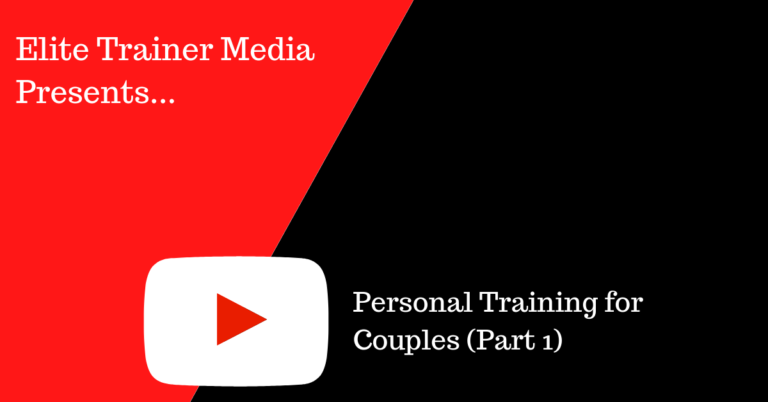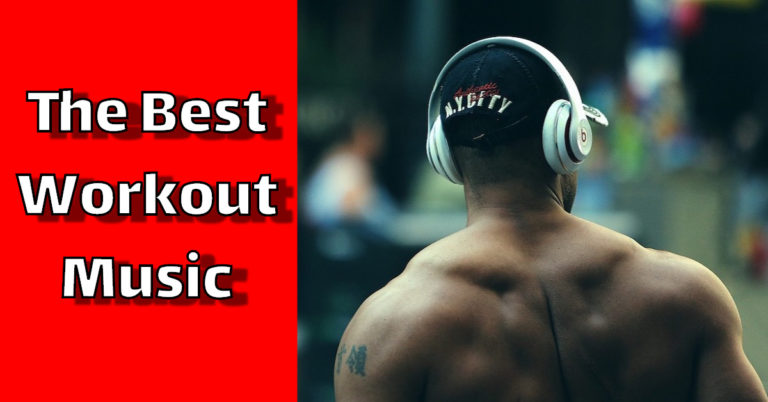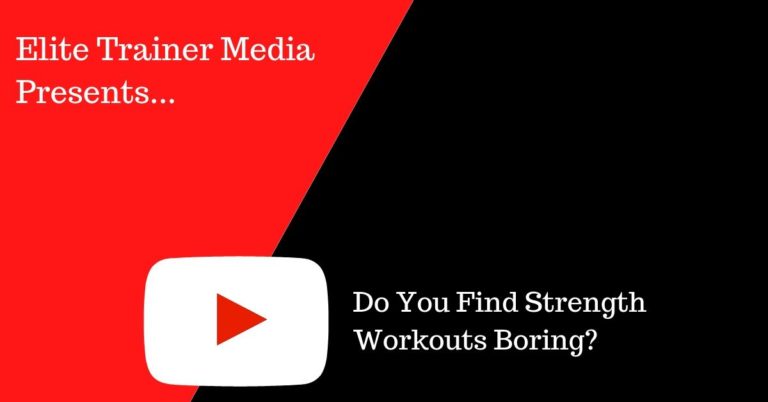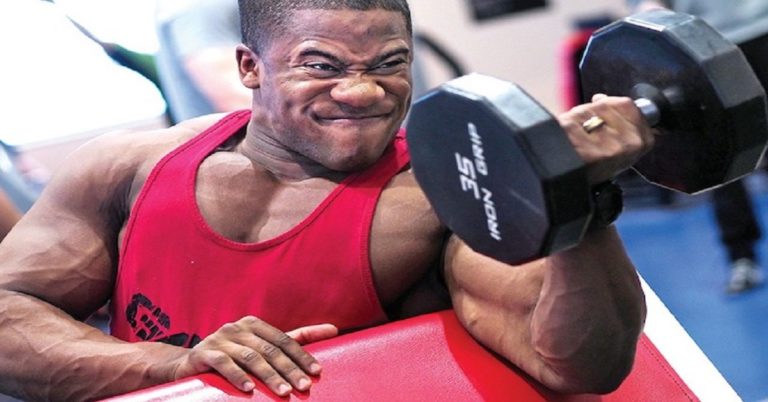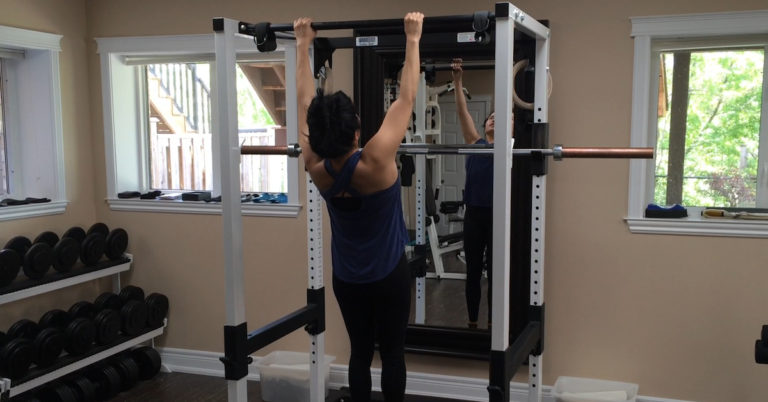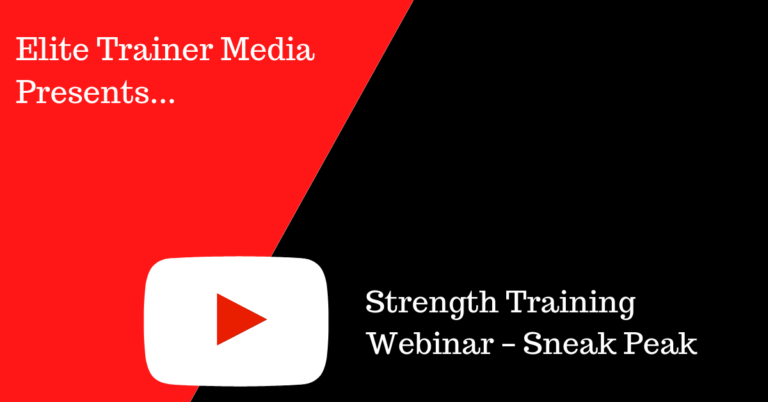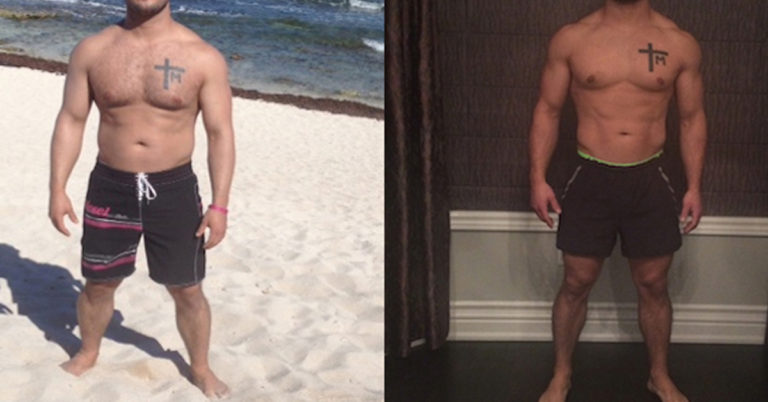While Terry focuses on upper-body strength, Barb targets her lower body with personalized training that suits her needs and past injuries. This is a great example of how couples with different goals and histories can still train together effectively — without compromising their progress.
Last week, the strength community experienced a huge loss with the passing of Charles Poliquin. Charles was a highly successful strength and conditioning coach—a thought-leader who introduced many groundbreaking training and nutrition concepts. His legacy includes German Volume Training, German Body Composition methods, BioSignature and BioPrint hormonal profiling, tempo prescription, thick-grip training, the meat and…
Cueing the right muscles at the right time can make all the difference during strength training. Next time you deadlift, crank this song! In all seriousness, music can have a profound effect on your training. Choose the wrong track, and it could actually hinder your performance. To understand why, take a look at the classic…
Back in the March ’98 issue of Muscle Media, strength coach Charles Poliquin introduced a unique form of training that involved flexion of one limb with simultaneous extension of the opposite limb. For example, you would do a dumbbell curl with the right arm while doing a cable pressdown with the left arm. This method…
Most people would agree that static stretching and aerobic training are boring. Personally, those activities are like watching paint dry! I find strength training far more exciting—but that’s not the case for everyone. Some people do find strength workouts boring. And it’s not just recreational lifters—even athletes can feel this way. Here’s how I deal…
I’ve had the honour of spending time with—and learning from—some of the best in the business. Three names that stand out are Drs. Mel Siff, Mauro Di Pasquale, and Eric Serrano. Not only have I gained a tremendous amount of knowledge from these mentors, but I’ve also been fortunate enough to visit and chat with…
Traditional strength training wisdom often fails when it comes to tapering. Here’s a more effective approach that preserves your hard-earned gains. A common practice in strength training is to work up to a peak load over a number of workouts, and then drop down a bit at the end before starting a new program. Although…
Pull-ups are one of the toughest exercises for most people — especially females. In fact, the average number of pull-ups a female can do is zero. The two biggest culprits? Lack of strength and poor body composition. But perhaps the most powerful obstacle of all is perception. If a woman believes she can’t do a…
Want a behind-the-scenes look at my Strength Training Parameters and Program Design Webinar? Here’s a quick sneak peek to give you a taste of what it’s all about: Ready to Take Your Programming Skills to the Next Level? Learn how to apply advanced strength training principles and design effective programs for clients of all levels….
Inducing body composition changes in a beginner is easy. Clean up their eating habits, get them exercising, and the body will start to change fairly quickly. Heck, a beginner just has to look at a barbell and they’ll start to grow some muscle! Things get a bit more challenging with advanced trainees, but with the…

